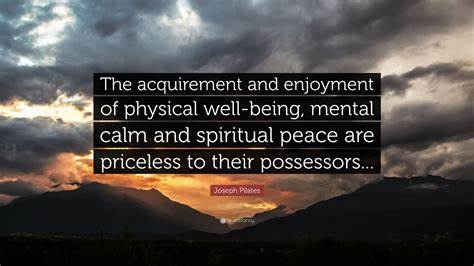Reformer Footwork Wide V
– stretch your inner thighs and get your feet, ankles and knees working
Footwork in the Wide V Position (sometimes called “position 2”) is rather different to parallel and small V position (here) because it helps to create a stretch of the inner thighs – perfect for runners, cyclists and anyone that needs to have open hips: footballers, martial artists or people with hip replacements. Pilates really does have something for everyone!
[/vc_column_text][vc_empty_space][vc_empty_space][vc_column_text]
What’s it good for?
🌟 It’s a Hip Opener – stretching the inner thighs and groin (adductors).
🌟 Helps to get full movement from the ankle knee and hip joints.
🌟 Alignment and control of the foot, leg and related joints.
🌟 Strengthens the lower back and abdominals to help stabilise the lower back.
🌟 Strengthens and mobilises the knees and the pelvis and the ankle joint.
🌟 Strengthening the hamstrings and quadriceps as well as the muscles along the shin that pull the feet up (dorsiflexion).
🌟 Strengthening the arches of the feet.
Reformer Pilates: Quick “how tos” …
- Springs = heavy – very heavy
- Repetitions = x8-12
- Headrest = up
- Footrest = up
The Mechanics
Inhale. Lie with your head in the headrest, back on the carriage and heels on the footbar at it’s widest point. This creates an open V position with the legs. Make sure that your legs or externally rotated from the hips so that your legs your thighs, calves and feet are all aligned.
Exhale. Straighten your legs out completely, keeping your pelvis completely still.
Inhale. Bring back the carriage to the stopper without hitting it or pausing the movement. Maintain the same degree of external rotation of the legs and the angle between the feet and the footbar consistent throughout the movement.
The Focus
Open v Position.
💡 Focus on alignment maintaining consistently correct tracking of the leg hip knee and foot.
💡 Keep your feet partially dorsiflexed and still as if standing on the floor.
💡 Try to connect to your quadriceps when doing this exercise. The vastus medialis oblique cannot be felt during this exercise in your thighs and strengthening this muscle is often a goal in corrective knee work.
💡 Keep your pelvis perfectly still: keep your lower ribs and tailbone on the mat.
Heels
💡 Imagine that there’s a rubber band connecting your heels to your sit bones. As straighten your legs, the rubber band stretches and wants to pull the carriage back into the stoppers. Resist this pressure. Never let the apparatus push you around, instead, you push the apparatus around.
💡 Imagine pulling through your heels.
Toes
💡 This is the more challenging of the two variations: your legs are longer (being on tip toes) and you have to align the foot as well as the rest of your leg.















